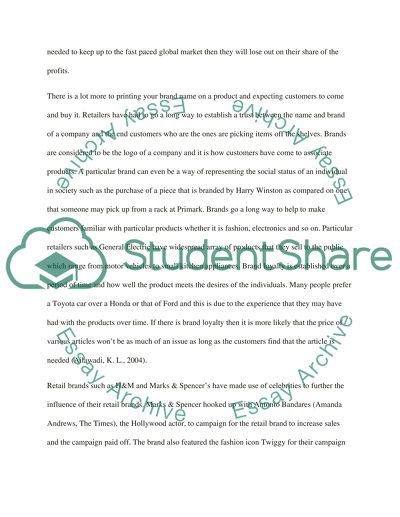Cite this document
(“Retail brands Essay Example | Topics and Well Written Essays - 3000 words”, n.d.)
Retrieved from https://studentshare.org/environmental-studies/1405190-retail-brands
Retrieved from https://studentshare.org/environmental-studies/1405190-retail-brands
(Retail Brands Essay Example | Topics and Well Written Essays - 3000 Words)
https://studentshare.org/environmental-studies/1405190-retail-brands.
https://studentshare.org/environmental-studies/1405190-retail-brands.
“Retail Brands Essay Example | Topics and Well Written Essays - 3000 Words”, n.d. https://studentshare.org/environmental-studies/1405190-retail-brands.


